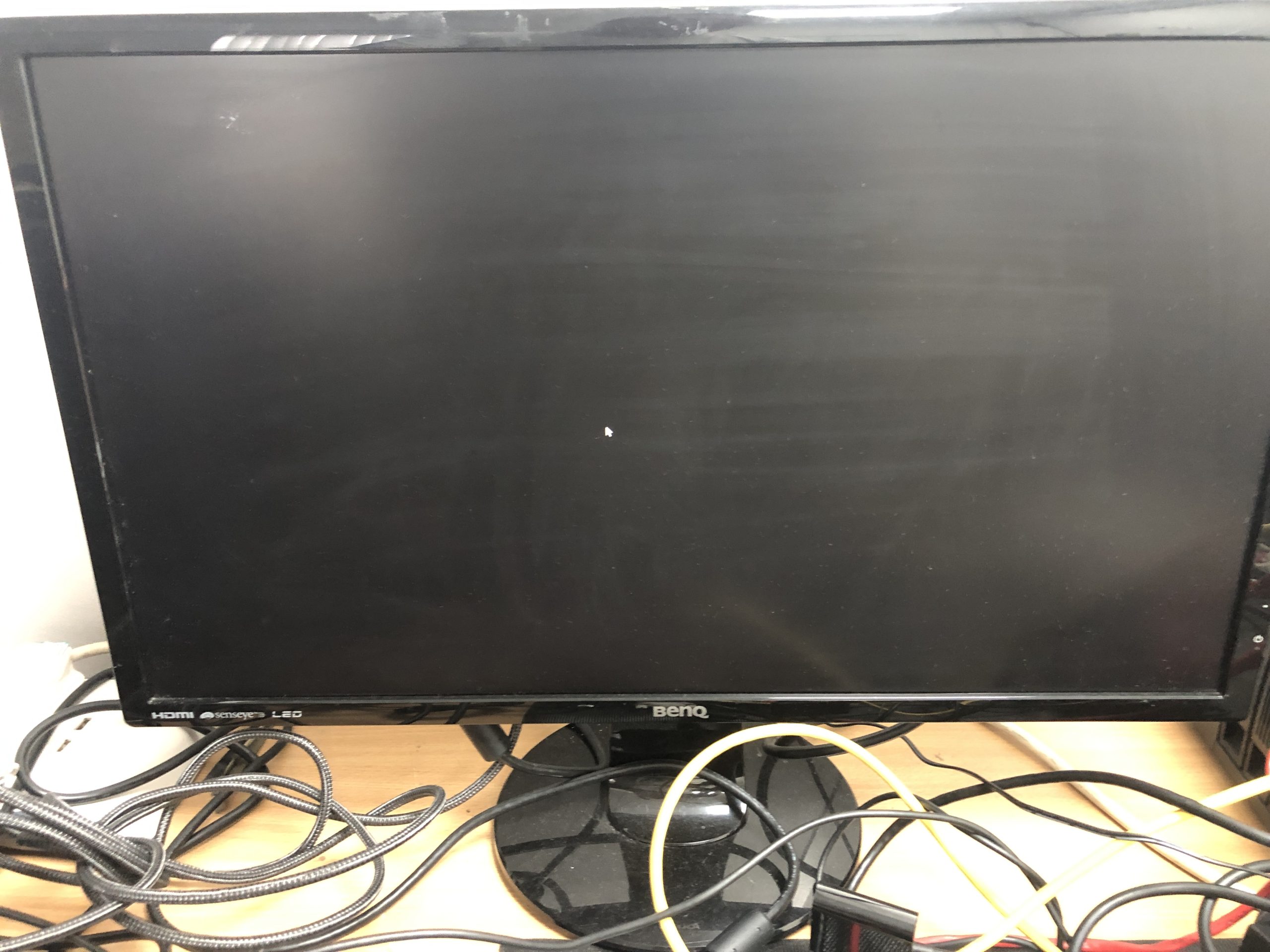Exploring KVM Switches: Can You Use USB Audio Instead of 3.5mm?
In today’s tech-driven world, the utilization of multiple devices simultaneously has become rather commonplace, whether for work or leisure. Enter the KVM switch—a device that allows you to control multiple computers using one keyboard, mouse, and monitor setup. Among the various features that KVM switches offer, one question frequently pops up among users: Is it possible to use a USB audio device instead of the traditional 3.5mm audio jack? In this comprehensive blog post, we will delve into KVM switches, examine the audio connection options available, and consider whether USB audio can be integrated seamlessly into the KVM environment.
What Is a KVM Switch?
Definition and Functionality
KVM stands for Keyboard, Video, and Mouse. A KVM switch allows a user to control multiple computers from a single set of peripherals. This includes not only keyboard and mouse input but also display output. As a cost-effective solution, KVM switches are widely used in data centers, by IT professionals, and in home office setups for multitasking and efficient resource management.
Types of KVM Switches
KVM switches come in various types, catering to different needs:
-
Basic KVM Switches: Equipped with standard peripherals for straightforward control, often lacking advanced features.
-
Advanced KVM Switches: Support multiple video outputs, including HDMI, DisplayPort, or DVI, which allows for enhanced graphical experiences.
-
KVM Over IP: These switches allow remote access via the internet, which is ideal for managing servers or computers from off-site locations.
-
HDMI KVM Switches: Specifically designed for HDMI connections, offering higher video quality and support for modern monitors and devices.
Understanding Audio Compatibility in KVM Switches
The Common Audio Connection: 3.5mm Jack
Most traditional KVM switches are equipped with a 3.5mm audio jack, which connects to standard audio output devices like speakers and headsets. The 3.5mm jack has been the industry standard for many years due to its universal compatibility with a wide range of audio devices. However, it’s essential to ascertain whether the audio jacks on a given KVM switch are hardwired or if they can accommodate external audio devices effectively.
The Rise of USB Audio
USB audio devices have gained popularity for several compelling reasons:
-
Digital Audio Quality: USB connections offer higher quality audio than analog connections, as they digitalize the sound from the device, minimizing distortion.
-
Compatibility with Modern Devices: Many modern peripherals, including USB headsets and speakers, utilize USB connections for audio input and output, providing a more streamlined approach.
-
Multi-functional Use: USB audio devices often come with built-in features, such as digital processing, making them versatile for gaming, music production, or video conferencing.
Can You Use USB Audio with KVM Switches?
Compatibility Considerations
In the case of the Depzol KVM Switch mentioned in the original Reddit post, it is important to understand how audio connections are handled:
-
Dedicated 3.5mm Jack: If the switch is designed with a dedicated 3.5mm audio jack, it may be hardwired to work specifically with that output, making USB audio options less viable.
-
USB Audio Input/Output: Some advanced KVM switches come equipped with USB audio ports. In such cases, you can indeed plug in USB speakers or headsets, bypassing the need for the 3.5mm jack entirely.
Testing Your Setup
The best way to find out whether USB audio will work with your KVM switch is through testing. Here’s a step-by-step guide:
-
Connect your USB audio device to one of the available USB ports on the KVM switch.
-
Connect your KVM switch to the computers you want to control.
-
Switch between computers using the KVM controls and check if the USB audio device transmits sound properly.
-
Adjust audio settings on each connected computer to ensure the USB audio device is selected for sound output.
Limitations and Workarounds
There are potential limitations to consider:
-
Driver Issues: If the USB audio device requires specific drivers, ensure they are installed on all connected machines prior to testing.
-
Audio Input vs. Output: Many USB audio devices not only serve as output but may also function as input for microphones. Ensure that your KVM switch can manage both functionalities as desired.
-
Bandwidth Constraints: USB ports have limited bandwidth. If you’re using multiple USB devices simultaneously, audio quality may degrade, especially during data-heavy tasks.
Real-World Examples
When integrating USB audio into a KVM switch setup, users have had varied experiences. Here are some common scenarios:
-
Scenario 1: A user connected a USB microphone and USB speakers to a KVM equipped with USB audio ports. They reported seamless sound integration across multiple computers, enhancing their video conferencing capabilities.
-
Scenario 2: Another user attempted to connect a USB gaming headset to a standard KVM switch with only 3.5mm audio jacks. They found that audio output worked intermittently and switched to a KVM switch with dedicated USB audio ports for improved performance.
User Recommendations
For those in similar positions, here are some recommendations based on user experiences:
-
Check the Product Specifications: Always ensure the KVM switch explicitly states compatibility with USB audio devices if that’s a priority for you.
-
Consider Future Needs: Investing in a KVM switch with more advanced functionalities like USB audio support can might save you from needing to upgrade later.
-
Read Reviews and Community Input: Resources like Reddit, tech forums, and product review websites offer valuable user feedback on specific setups.
Conclusion
In summary, using a USB audio device with a KVM switch can be feasible depending on several factors, including the switch’s design and compatibility features. While traditional 3.5mm audio jacks remain prevalent, the flexibility and quality of USB audio devices make them an appealing alternative. For anyone grappling with audio integration in a multi-computer setup, understanding your KVM switch’s capabilities is crucial. Additionally, testing your audio devices and consulting user experiences can optimize your KVM switch’s functionality and ensure a smooth operation across multiple devices.
If you are looking into purchasing or upgrading to a KVM switch, keep these insights and considerations in mind for a more informed decision and a more effective setup. Whether you are a tech enthusiast, a remote worker, or simply someone who appreciates efficiency, the right KVM switch can significantly impact your daily computing experience.
Share this content:




Response from Technical Support Engineer
Thank you for your insightful post on KVM switches and the potential for using USB audio devices instead of traditional 3.5mm connections. This is an important topic as more users transition to digital audio solutions in their setups.
To address your questions about using USB audio with KVM switches, it’s crucial to verify the specific model and its capabilities. Not all KVM switches support USB audio devices, especially if they are designed primarily for older analog setups. Make sure to check the technical specifications of your KVM switch to determine if it includes USB audio ports.
If you’re using a KVM switch that supports USB audio, here are some additional tips to enhance your experience:
For scenarios where USB audio integration is challenging, consider using an external USB audio interface
Your Question on KVM Switch Audio Solutions
Great article! The discussion around using USB audio with KVM switches is very relevant, especially as more devices move towards digital connections. Here are a few insights to help guide your decision:
Understanding USB Audio Integration
As you pointed out, not all KVM switches support USB audio, and this often comes down to the specific model and its capabilities. When selecting a KVM switch, make sure to verify whether the USB ports are designated for audio or solely data transfers.
Recommendations for Setup
When setting up your KVM switch with USB audio devices, I recommend:
With Advanced KVM Switches
If you are considering a KVM switch with advanced capabilities, look for features such as: